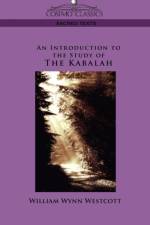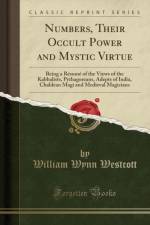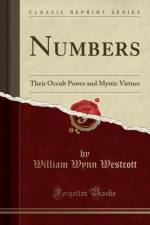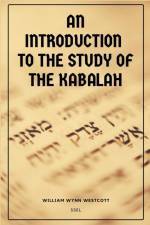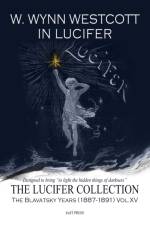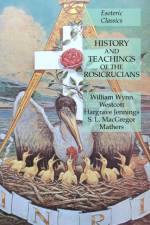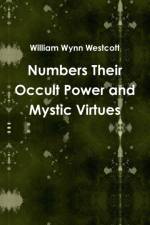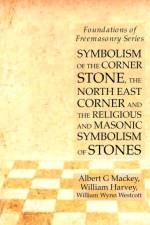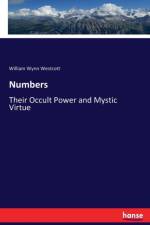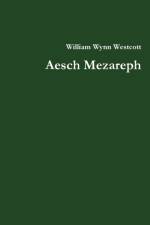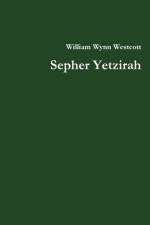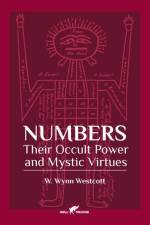av William Wynn Westcott
331
" Seven years have passed since this essay was written, and the MSS. pages have been lent to many friends and students of mystic lore and occult meanings. It is only at the earnest request of these kindly critics that I have consented to publish this volume. The contents are necessarily of a fragmentary character, and have been collected from an immense number of sources; the original matter has been intentionally reduced to the least possible quantity, so as to obtain space for the inclusion of the utmost amount of ancient, quaint and occult learning. It is impossible to give even an approximate list of works which have been consulted; direct quotations have been acknowledged in numerous instances, and (perhaps naturally) many a statement might have been equally well quoted from the book of a contemporary author, a mediæval monk, a Roman historian, a Greek poet, or a Hindoo Adept: to give the credit to the modern author would not be fair to the ancient sage, to refer the reader to a Sanskrit tome would be in most cases only loss of time and waste of paper. My great difficulty has been to supply information mystic enough to match the ideal of the work, and yet not so esoteric as to convey truths which Adepts have still concealed.I must apologise for the barbarous appearance of foreign words, but it was not found practicable to supply Sanskrit, Coptic, Chaldee and Greek type, so the words have had to be transliterated. Hebrew and Chaldee should of course be read from right to left, and it was at first intended so to print them in their converted form, but the appearance of Hebrew in English letters reversed was too grotesque; ADNI is a representation of the Aleph, daleth, nun, yod, of "Adonai," but INDA would have been sheer barbarity: in the case of Hebrew words I have often added the pronunciation. The "Secret Doctrine" of H. P. Blavatsky, a work of erudition containing a vast fund of archaic doctrine, has supplied me with valuable quotations. If any readers desire a deeper insight into the analogies between numbers and ideas, I refer them in addition to the works of Eliphaz Lévi, Athanasius Kircher, Godfrey Higgins, Michael Maier, and John Heydon; I have quoted from each of these authorities, and Thomas Taylor's "theoretic Arithmetic" has supplied me with a great part of the purely arithmetical notions of the Pythagoreans, the elucidation of which was mainly due to him. In conclusion, I request my readers, Aut perlege et recte intellige, Aut abstine a censura.

